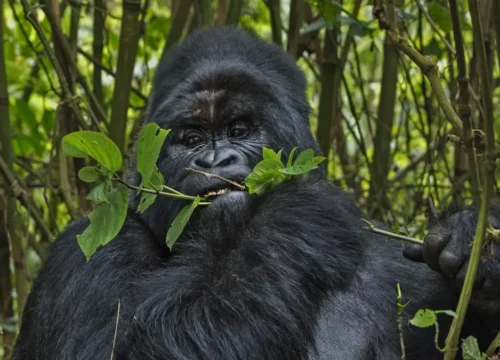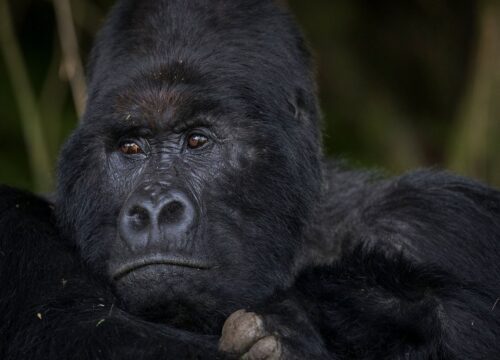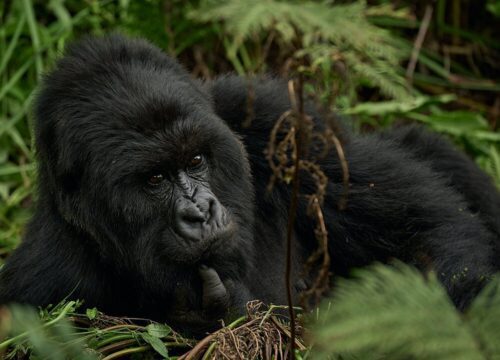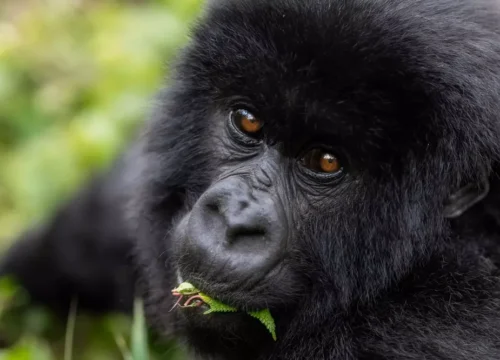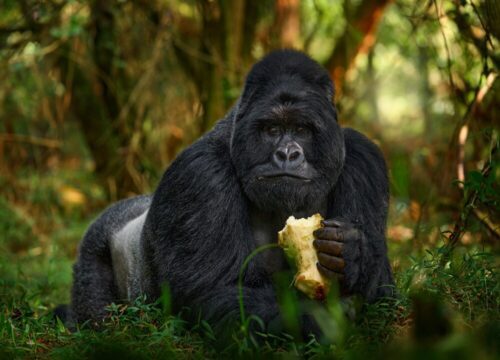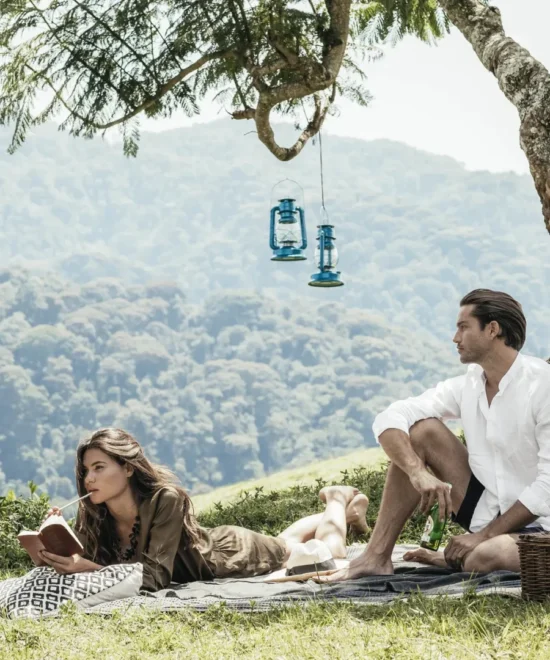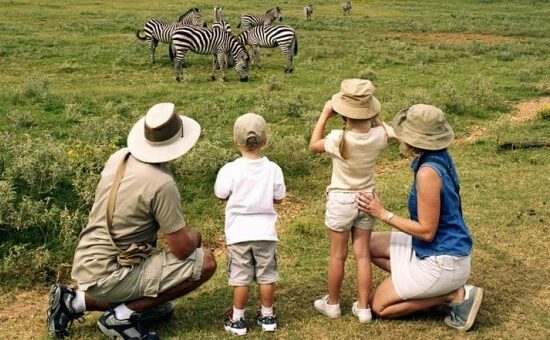The Exclusive Nosy Be Tourists’ Travel Guide
Location of Nosy Be

Located off the northwestern coast of Madagascar, Nosy Be is an island in the Mozambique Channel of the Indian Ocean. Its name means “Big Island” in Malagasy, though it spans only about 320 square kilometers. Nosy Be lies approximately 8 kilometers from the mainland and is part of a tropical archipelago that includes smaller islands like Nosy Komba, Nosy Tanikely, Nosy Iranja, and Nosy Sakatia. Easily accessible via direct flights from Madagascar and other parts of East Africa, Nosy Be is often considered the crown jewel of Malagasy island tourism.
- Area: 02 km2(123.56 sq. mi)
- Coordinates: 13°18′54″S 48°16′03″E / 13.31500°S 48.26750°E
- Highest elevation: 450 m (1480 ft)
- Highest point: Mont Lokobe
- Location: Mozambique Channel
- Population: 109,465 (2018)
- Region: Diana Region
Geography
Nosy Be is a volcanic island characterized by rolling hills, crater lakes, and lush forests. The highest point is Mount Passot, offering panoramic views of the island and surrounding ocean. The island’s coast is dotted with idyllic white-sand beaches, mangrove estuaries, and coral reefs. Inland, a mix of tropical lowland forests, ylang-ylang plantations, and small lakes creates a visually stunning and ecologically diverse environment. Several smaller satellite islands enhance the region’s natural allure and are popular for day trips and water excursions.
History
Nosy Be’s history is a blend of Austronesian, African, Arabic, and European influences. Originally settled by local Malagasy tribes, the island was later frequented by Arab traders and European explorers. In the 19th century, the French colonized Nosy Be, using it as a strategic port and agricultural center. They introduced sugarcane and essential oil production, laying the foundation for today’s ylang-ylang industry. The capital, Hell-Ville named after French Admiral de Hell still showcases colonial-era buildings, old cannons, and French architecture.
Culture, Food, Language and Dressing
Culture
Nosy Be’s culture is vibrant and friendly, rooted in a unique mix of Malagasy traditions, coastal island customs, and French colonial influence. Locals practice a variety of religions, including Christianity and traditional beliefs, and cultural taboos known as “fady” play an important role in daily life.
Food
Seafood dominates the island’s cuisine. Expect dishes like grilled lobster, coconut crab, and fish curry served with rice and tropical fruits. Local spices such as vanilla, cloves, and black pepper add flavor to both savory and sweet dishes. The island also produces excellent rum, often infused with lychee, ginger, or ylang-ylang.
Language
The primary language spoken is Malagasy, specifically the Sakalava dialect. French is widely spoken due to colonial history, and in tourist areas, basic English is understood by many service workers.
Dressing
Locals typically wear light, colorful clothing suited for the tropical climate. Traditional garments like lamba (a versatile wrap) are still used, especially during festivals or ceremonies. Tourists should dress modestly when visiting villages or sacred sites, but swimwear and beachwear are perfectly acceptable at resorts and beaches.
Transport
Getting to Nosy Be
Nosy Be is accessible via Fascene International Airport (NOS), with direct flights from Antananarivo (Madagascar’s capital) and international connections from Italy, Ethiopia, South Africa, and Réunion.
Getting Around
- Taxi-brousse (shared minibuses) and tuk-tuks are popular for short local trips.
- Car and scooter rentals are available for independent travelers.
- Boats and catamarans are commonly used for island hopping and excursions.
- Roads are generally in decent condition, but travelers should be cautious when driving, especially after dark.
Climate
Nosy Be has a tropical monsoon climate, making it warm and humid year-round. Temperatures typically range from 24°C to 32°C (75°F to 90°F).
- Dry season (May to October): The best time to visit. Pleasant temperatures, lower humidity, and calm seas.
- Wet season (November to April): Expect heavy rains and higher humidity. However, this is also when the island is at its greenest.
Humpback whale sightings peak between August and October, while whale shark season runs from September to December. Both are magical times to visit.
Flora and Fauna
Nosy Be is a biodiversity hotspot, rich in both marine and terrestrial life.
Flora

- Ylang-ylang trees, used in perfume making, grow abundantly and perfume the air.
- Vanilla, cacao, pepper, and vetiver plantations dot the island.
- Tropical trees like baobabs, mango, and ravinala (traveler’s palm) are commonly seen.
Fauna
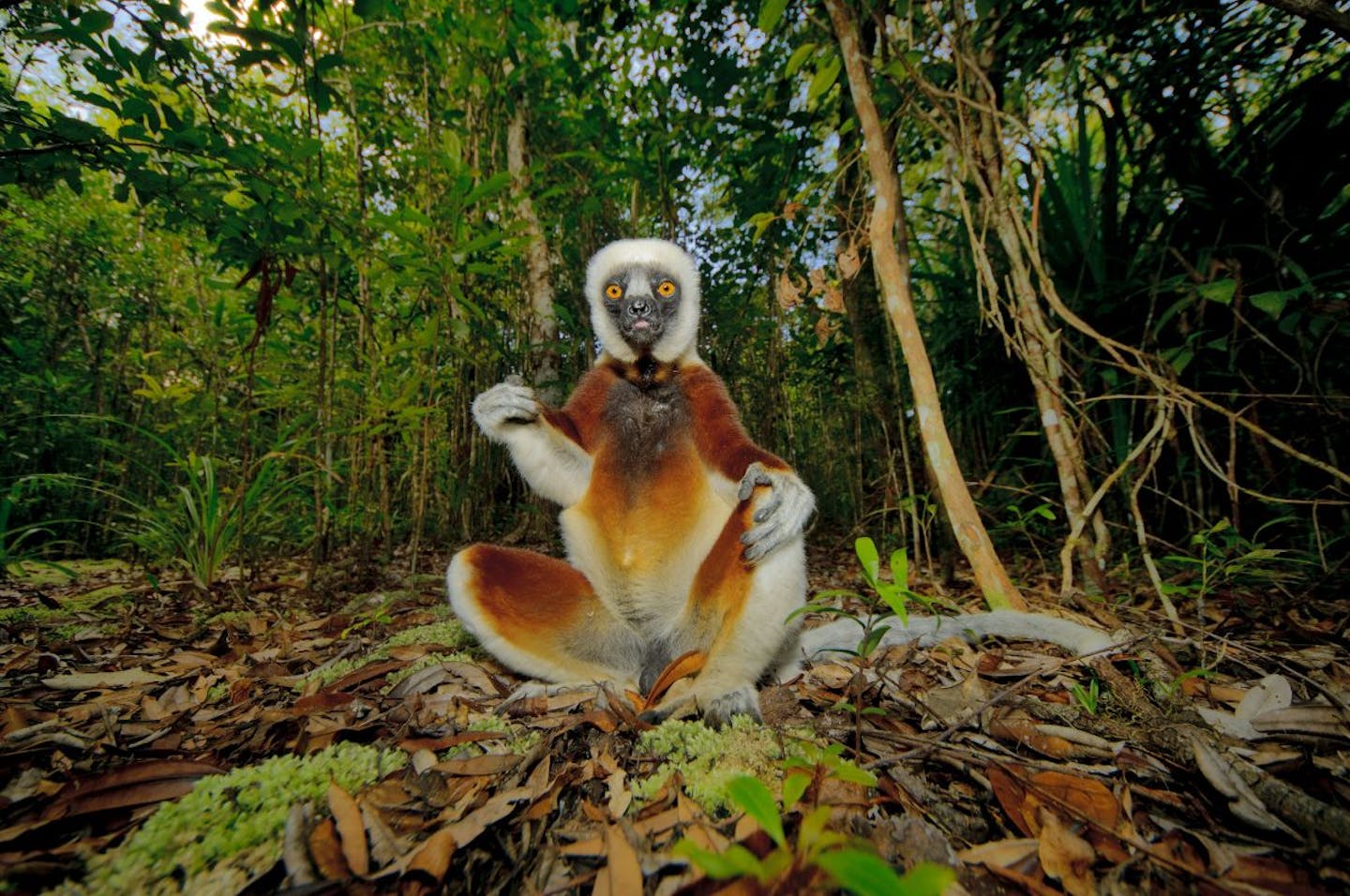
- Lemurs: Especially the black lemur, native to Nosy Be.
- Reptiles: Chameleons, geckos, and the rare Madagascar tree boa.
- Birds: Over 100 species, including vangas and Madagascar kingfishers.
- Marine life: Coral reefs shelter turtles, dolphins, manta rays, and whale sharks.
Protected areas like the Lokobe Reserve and Nosy Tanikely Marine Park make it easy to experience this richness firsthand.
Luxury Resorts of Nosy Be
Nosy Be caters to all types of travelers, but it’s particularly well-known for its luxury resorts and eco-lodges, many of which blend comfort with sustainability.
Andilana Beach Resort
Located on Nosy Be’s most beautiful beach, this resort offers high-end accommodation, multiple restaurants, and a full slate of activities. Great for families and couples.
Tsara Komba Luxury Ecolodge
Situated on nearby Nosy Komba, this boutique ecolodge combines seclusion, sustainability, and gourmet cuisine in a lush jungle setting.
Anjiamarango Beach Resort
A peaceful beachside resort offering spacious bungalows, kayaking, and snorkeling opportunities right off the beach.
Ravintsara Wellness Hotel
This elegant property near Hell-Ville offers a mix of spa treatments, gourmet meals, and tranquil garden surroundings.
Home The Residence
A collection of private luxury villas perfect for families or small groups, located on a quiet stretch of beach with direct access to excursions and water sports.
Most resorts offer guided excursions, diving packages, and local cultural experiences, ensuring a perfect balance between relaxation and adventure.
Final Tips for Travelers
- Currency: The local currency is the Ariary (MGA). Euros are also accepted in most tourist spots.
- Health: Bring insect repellent and consider anti-malarial medication. Tap water is not potable.
- Respect: Ask for permission before taking photos of people, and follow local customs around sacred places and fady.
- Connectivity: Wi-Fi is available at most resorts, but connection speeds can be slow in remote areas.
What is special with Nosy Be?
Nosy Be is more than just a tropical island; it’s a sensory paradise. With fragrant forests, colorful reefs, warm culture, and serene beaches, it offers a travel experience that is both relaxing and enriching. Whether you’re watching the sun set from Mount Passot, snorkeling in the marine park, or enjoying a candlelit seafood dinner by the ocean, Nosy Be – The Perfumed Island promises memories that linger long after you leave.
How to Spend 5 Days in Nosy Be, Madagascar
Nosy Be, often called the “Perfumed Island,” is a tropical paradise off Madagascar’s northwest coast. Famous for its ylang-ylang plantations, pristine beaches, vibrant coral reefs, and unique wildlife, it’s the perfect destination for a balanced mix of relaxation, adventure, and cultural immersion. The best time to visit is during the dry season from May to October, when the weather is sunny and the seas calm.
Detailed Itinerary
Day 1: Arrival and Beach Relaxation
Arrive at Fascene International Airport and transfer to your accommodation, whether a luxury resort like Andilana Beach Resort or a cozy budget lodge such as Le Zahir Lodge. Spend the afternoon settling in and unwinding by the beach or pool. Take a peaceful walk along the stunning Andilana Beach, where the calm turquoise waters and soft white sands are perfect for swimming or simply relaxing. As evening falls, enjoy a delicious seafood dinner accompanied by a refreshing cocktail infused with the island’s famous ylang-ylang fragrance, soaking in the laid-back island vibe.
Day 2: Island Hopping to Nosy Tanikely and Nosy Komba
Start your day with a boat trip to Nosy Tanikely Marine Reserve, a protected sanctuary famous for its colorful coral reefs and vibrant marine life. Spend the morning snorkeling among tropical fish, sea turtles, and graceful rays, or hike up to the lighthouse for breathtaking views. Afterward, continue to Nosy Komba, known as Lemur Island, where you can meet playful black lemurs and visit local artisan markets selling wood carvings and crafts. Enjoy lunch at a beachside restaurant or picnic on the shore before heading back to Nosy Be for a relaxing evening with optional spa treatments or a traditional Malagasy dinner.
Day 3: Lokobe Reserve and Village Experience
On the third day, journey to Lokobe Nature Reserve, a rare patch of lowland rainforest accessible by canoe through mangroves. Embark on a guided trek through the lush forest to spot black lemurs, chameleons, and exotic plants like vanilla vines. After the trek, visit a nearby Sakalava village to experience traditional fishing methods, local cooking, and crafts firsthand. Share a communal lunch with villagers before returning to Nosy Be. End your day at Mount Passot, the island’s highest point, to watch a stunning sunset over crater lakes and the surrounding islands, a perfect photo opportunity.
Day 4: Water Adventures – Whale Sharks, Diving or Fishing
Spend your fourth day exploring Nosy Be’s incredible marine world. If you visit between September and December, join a whale shark and manta ray safari to snorkel alongside these majestic creatures in their natural habitat. Alternatively, take a scuba diving excursion to renowned dive sites such as Nosy Sakatia or the Mitsio Archipelago to discover vibrant coral gardens and diverse fish species. For fishing enthusiasts, deep-sea fishing trips targeting big game fish like tuna and marlin are also available. After a day filled with ocean adventures, relax with a beachfront barbecue or enjoy live music at a local village like Ambatoloaka.
Day 5: Leisurely Morning and Departure
On your final day, enjoy a leisurely breakfast by the sea, followed by a last swim in the warm Indian Ocean waters. Visit a local ylang-ylang distillery to learn about the island’s signature fragrant flower and its traditional extraction process. Spend your remaining time shopping for souvenirs such as vanilla pods, spices, and handmade crafts before transferring to the airport for your departure. Many lodges offer late checkouts or day-use rooms to accommodate late flights, allowing you to make the most of your last hours on the island.
REQUEST FOR A QUOTE NOW
Included/Exclude
Airport transfers between Fascene International Airport and your accommodation
Accommodation at selected hotels, lodges, or resorts
Daily breakfast (and other meals if specified)
Guided island tours, including Lokobe Reserve, Nosy Komba, and Nosy Tanikely
Snorkeling equipment and boat trips for island hopping excursions
Entrance fees to marine parks and nature reserves
Local taxes and service charges
Professional English-speaking guides (where applicable)
Transportation within Nosy Be by car, boat, or tuk-tuk as per itinerary
International and domestic flights to/from Nosy Be
Visa fees and travel insurance
Personal expenses such as souvenirs, tips, phone calls, and laundry
Meals and drinks not specified in the itinerary
Optional activities not included in the itinerary (e.g., scuba diving, spa treatments)
Equipment rental outside standard snorkeling gear (e.g., diving equipment)
Medical expenses and emergency evacuation
Any surcharge for special requests or peak season travel

